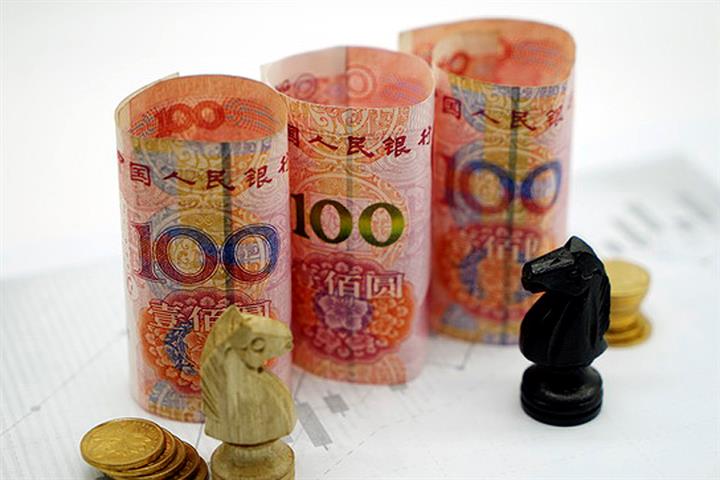 Yuan Weakens After PBOC Raises Forex Reserve Ratio for First Time in 14 Years
Yuan Weakens After PBOC Raises Forex Reserve Ratio for First Time in 14 Years(Yicai Global) June 2 -- The Chinese yuan weakened against the US dollar yesterday after the People’s Bank of China moved to raise the foreign exchange reserve requirement ratio for the first time since 2007.
The yuan fell more than 200 basis points to end at 6.3759 onshore and 6.3820 offshore.
Sentiment to go long on the yuan, in the belief that the PBOC was seeking a stronger yuan to help offset imported inflation, has shifted after the central bank announced yesterday that China’s financial institutions will need to hold 7 percent of their foreign exchange in reserve from June 15, up from 5 percent, according to market insiders.
The China Foreign Exchange Trade System’s yuan index has gained 3.5 percent so far this year. It stood at 97.95 on May 28, the highest level in five years.
The PBOC’s move to hike the forex reserve ratio will cut the supply of dollars and other foreign currencies in the market, thereby putting downward pressure on the yuan, the market insiders said. They also agreed that the dollar index is key going forward.
Though the value of the currencies involved in the ratio hike equals just half of the average daily trading volume of USD40 billion, the PBOC is giving a strong signal, a forex dealer at a foreign bank told Yicai Global.
The greenback’s recent weakening is a reasonable correction. Many, including the Bank of Canada, began to reduce their balance sheets or throttle back on quantitative easing, while the US Federal Reserve assumed an ambiguous attitude, further softening the dollar. But if the Fed releases clearer signal to cut its balance sheet, the dollar may still rebound, a forex trader at a large state-backed bank told Yicai Global.
The future trend of the dollar index mainly determines the yuan’s value, so eyes are now focused on the US nonfarm payroll figures, scheduled for release on June 4.
If May’s data is again lower than expected, it could stoke concern over the labor market, hinder the Fed’s schedule for announcing its balance sheet reduction plans, and even cause another big sell-off in the US dollar, said Tony Sycamore, senior analyst at Gain Capital.
But the potential creation of 850,000 new jobs may confirm progress in the US economy’s recovery, and induce the Fed to adopt a more solid stance and push up the dollar, Sycamore said.
Editor: Futura Costaglione